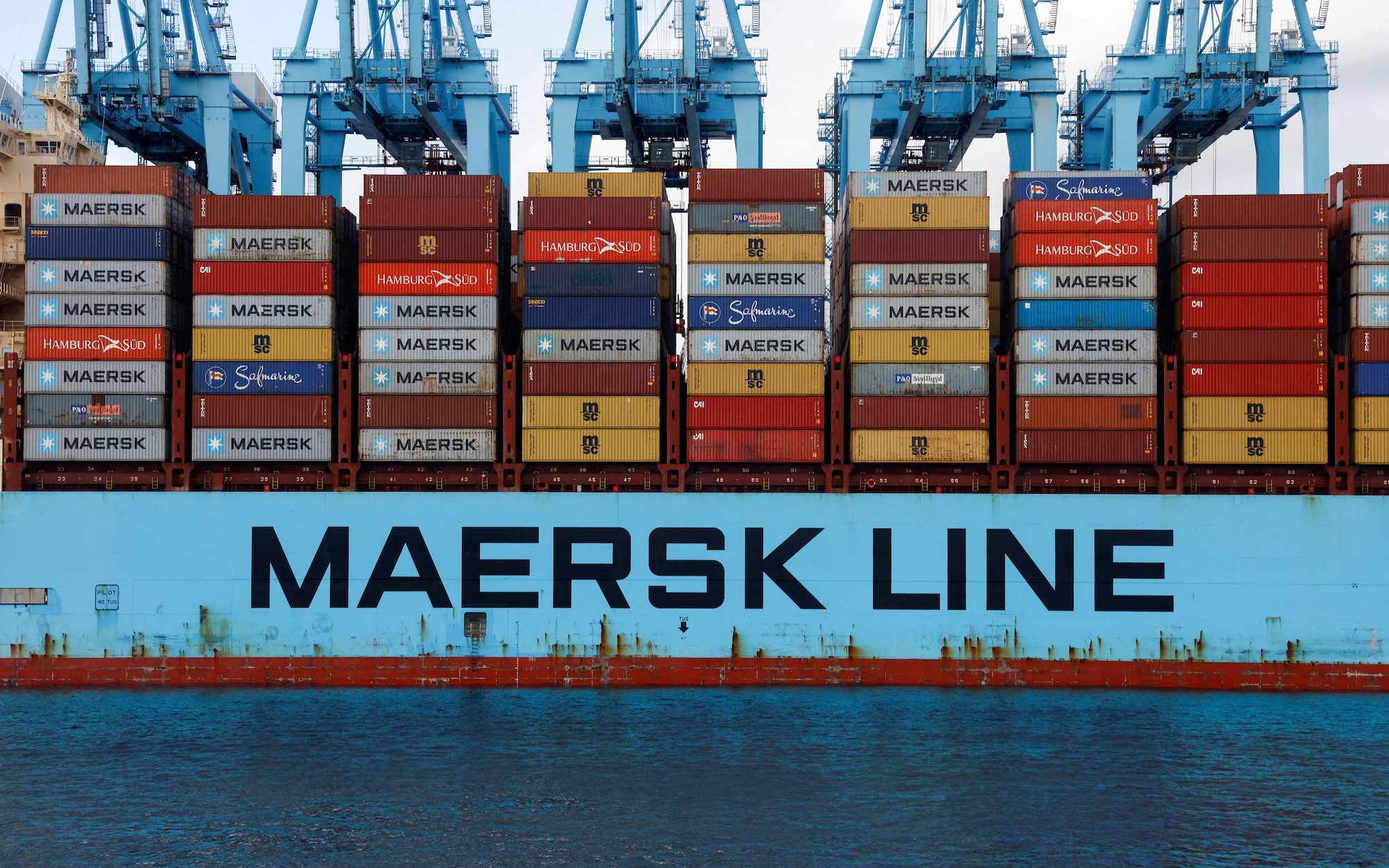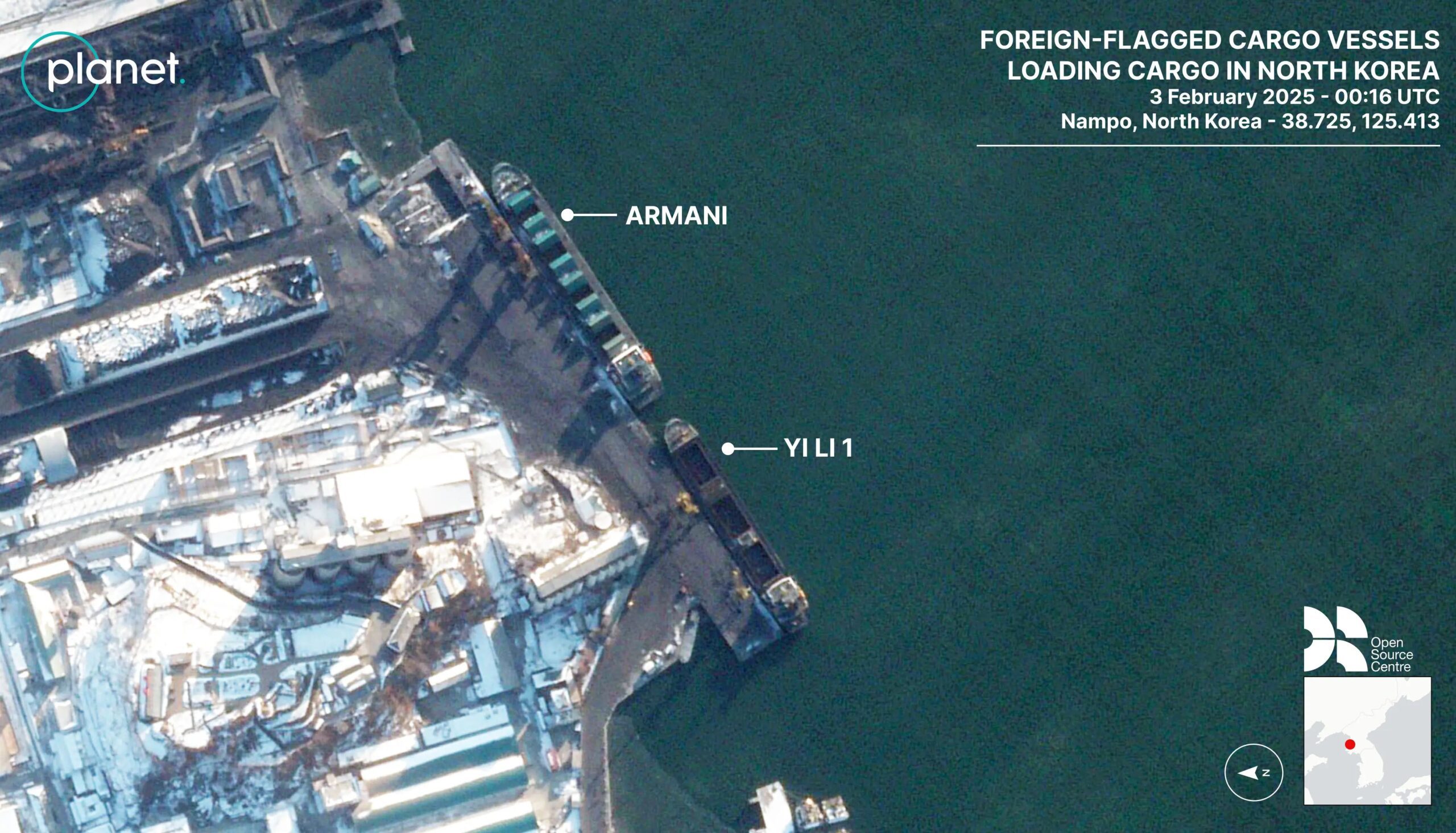By Johnny Walker (Holo Sail Holdings) –
After years of discussions on the need of data sharing and autonomous digital processing of data into actions, we are still searching for better answers and fitting solutions. The key obstacle was, and still remains, the data.
Our basic understanding of what should be in the data, who can use it and for what, how it can be updated and read, and when it should be available is all there. But once we attempt to put that understanding into execution, we run into compatibilities, roadblocks, misunderstandings, and distrust.
On an average domestic cargo trip, anywhere between 5 and 10 parties may have to perform a physical and/or an information-based action to keep the freight moving. An international freight move could increase the number of actions fourfold. Innovators attacking the problem of efficiency zeroed in on data entered into formal documentation as the main culprit of delays. Thus the frantic work on updating electronic documentation that can be entirely prepared, vetted, and processed by computers with minimal interventions from the human operators.
The foundation of a computer-driven system is, of course, the trust in the data put into the system, enforceable agreement on recognizing that data so it doesn’t delay the movement of freight, and security of the documentation rendering all that data for processing by all those parties needing to touch the freight, either physically or logically. As we have learned so far, our technology solutions are good for the tightly controlled silos of data and tightly controlled federations of data “owners”. Any relaxation of those controls leads to breakdowns resulting in delayed freight, abandoned cargo, penalties, and losses.
Disparate nature and distribution of the participants contributing their bit of data to the commons resulted in proliferation of “platforms” in lieu of “applications” to denote concept of contributing and sharing, as opposed to centralizing and controlling. Below the “platform” term, progress on two cryptographic technology innovation brought solution to two data-related issues: tamper-proofing for distributed sharing and assurance of data provenance. Instead of dwelling at each technology in separation, a term “blockchain” is used as a catch all description. Those technologies, secure hashing algorithms and public-key encryption seemed perfect underpinning trading in virtual currency, which value was determined by rarity and finality of the supply as determined by mathematics, instead of evil entities equipped with the printing presses. From the trading in the virtual currency, we saw blockchain as a perfect solution for the world of supply chain logistics, long perceived by the outsiders as full of distrust, skulduggery, and scheming parties vehemently aiming to maximize their own benefits.
Regardless of one’s perception of the world of international supply chain logistics, it helps to remember that majority of goods the countries trade travels by sea. Only a small percentage of that trade is containerized, but the sheer volume of the metal boxes travelling between remote origins to their distant destinations, variety of goods to which specific treatment can apply, the volume of documentation, activities, and checks that accompany that cargo, and a number of parties “touching” the shipment represent an endless opportunity to improve the handoffs and reducing mistakes that choke off the flows of supplies. It took just one seafreight shipping carrier allied with a few others to give implementation of blockchain momentum beyond the esoteric world of the virtual cryptocurrencies. Not to be outdone, another carrier partnered by few other carriers spearheaded the response. If someone claimed there is nothing to innovate on in the world of container shipping, Tradelens and GSBN have shown how much can be still done to move freight more efficiently through digital collaboration.
Technologically, the decision to use blockchain data-centric strategy within the supply chain logistics platforms like Tradelens created two long term consequences: high computing costs and scalability. While the increasing computing costs can be shifted from the owners of the platforms to the shippers whose cargo is processed within those platforms, the scalability problem can’t be solved. This implies long term challenges to the business model of the platforms, as the assumptions how the profits are generated challenges the conflict of interest arising out of the platform ownership. Tradelens provides an interesting illustration of this issue.
In addition to the conflict arising out of the carriers channelling transactions into their platform, computing is executed by a for-profit business (IBM) which is interested in maximizing profits from using its hardware to perform the computations. To use a credit card processor as an example, IBM has to charge the merchants percentage of every transaction value to meet their ROI and margin targets. However, “merchants” of logistics services are not inclined to pay any such fee themselves. It has to be passed in its entirety to the shippers who are yet to understand the nature of this additional charge and the need for it in the first place.
Logistically, not all freight moves by sea and not all freight is containerized. If creators of Tradelens and GSBN want to avoid becoming another fragment in the universe of freight-related platforms, they have to master the land-land moves, so that a shipper operating in, say, Mexico and shipping to Canada using combination of seafreight, railfreight and roadfreight using combination of freight forwarding partners is seeing execution of their supply chains as if they were processed, tracked, an handled dealing on a single platform, even if multiple agent nodes are in fact talking to each other to orchestrate freight-moving actions.
Capturing freight moves regardless of the mode and regardless of the documents required to facilitate complex supply chains will take a change in thinking on logic and technology. Especially the technology, as such strategy must circumnavigate the scalability and computing consumption limitations of blockchain. Ideas on accomplishing that and espoused by companies like Holo Sail Holdings, Inc. provide a possible avenue. Our thinking of reverting to agent-centric strategy of distributed computing elegantly skirts the issue of data-centric strategy of blockchain in which all nodes in the network to compute and maintain the same version of reality. Freeing the network from this limitation would open doors to easier innovation across allowance of multiple modes, multiple regulatory documentation and multiple types of cargo, not just the containerized one. Would Datalens or GSBN attempt that? Because I am certain they would get the ears of many shippers, logistics providers and trade governing authorities.
What’s most interesting about the world of multi-party supply chain logistics platforms, technology like blockchain provide a framework for writing business applications and computer programs. Therefore the test of long term usefulness and reliability of those platforms will come from the upcoming generation of business applications being developed to incorporate ideas of open, secure and highly performing distributed systems to facilitate movement of any type of goods. In the field of technology we often hear a comment about creating a solution looking for a problem which may not even exist.
Maybe the way out of this conundrum is to take one step back and ask ourselves, why did we take up building distributed supply chain logistics applications on the strategy of replicating data certainty of a single physical computer on top of distributed nodes, rather than pursuing distributed agent strategy much better reflecting the supply chain logistics universe.

 Join The Club
Join The Club











